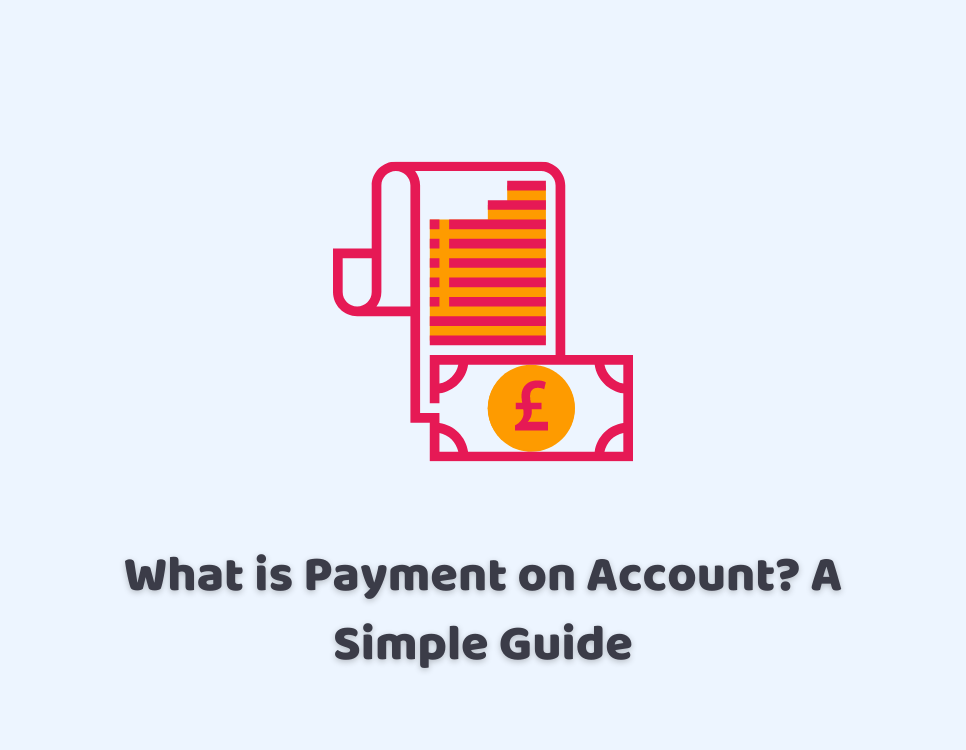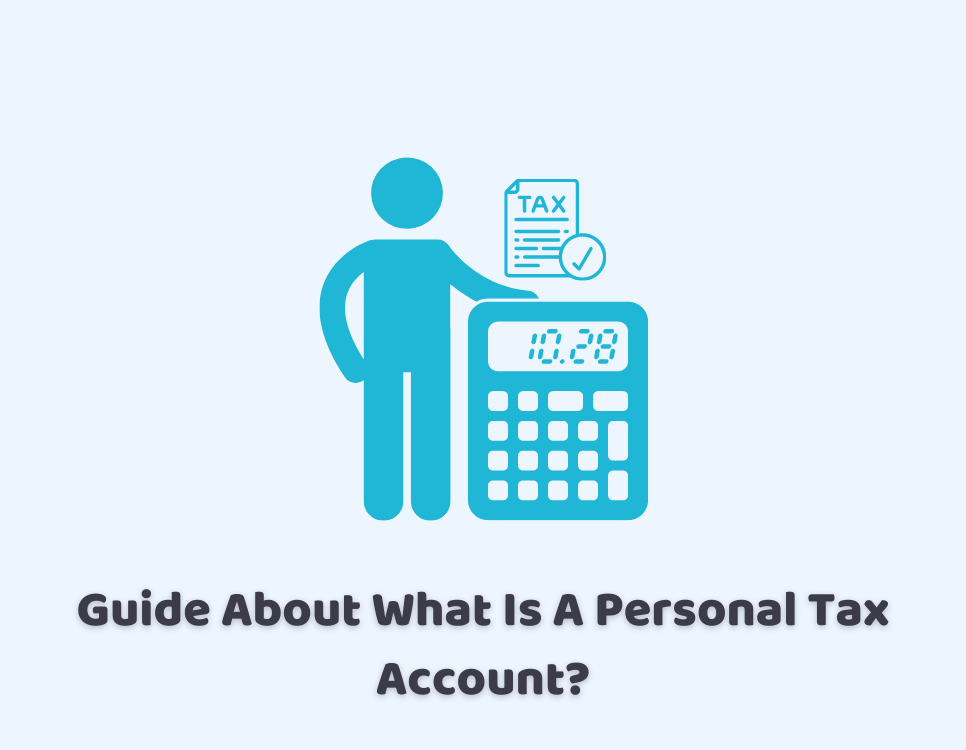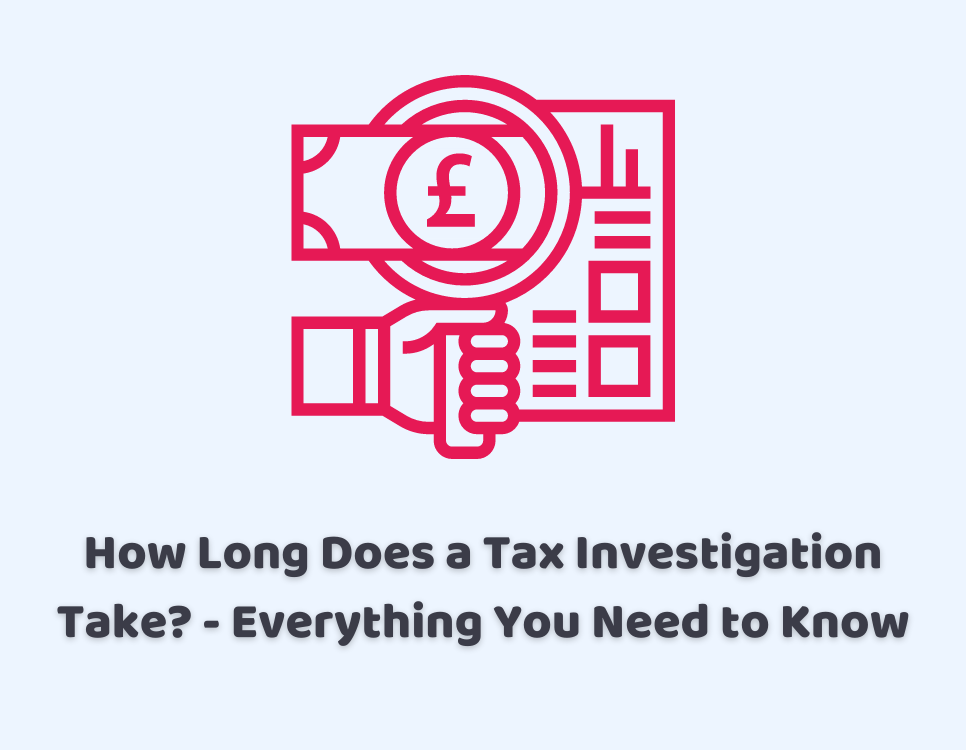
10/01/2022Accounting Issues , Sole Trader , Tax Issues
As a UK taxpayer, if you’ve submitted your tax return, you can check out your self-assessment tax bill to know: what you owe to the HMRC? How you will pay that amount to HMRC? When you will pay it? To find out, you need to understand ‘Payment on Account’. If you have paid below 80% of your tax at source (like via PAYE) and your tax bill is over £1,000, HMRC may ask you for payment on accounts. Let’s learn:
- What is POA?
- How to calculate POA?
- What if your income is smaller or higher next year?
- How to check the amount you owe?
- Is POA optional?
If you want a professional accountant and bookkeeper for your company, we can help you. Our bookkeepers and accountants at CruseBurke are qualified and cost-effective. We save your time, money, and stress by handling all your finances and business problems in no time. Contact us now!
Understanding Payment on Accounts
If you pay the tax bill via self-assessment, you may be required to make tax payments twice a year (two instalments) to spread the cost of the next year’s income tax, this system is known as payment on accounts. It is calculated based on your previous year’s tax bill and settles the tax you owed from the tax return. The amount you pay for each POA will be half of your previous year’s tax bill. POA means you pay tax in two instalments:
- In January (deadline to pay tax bill)
- And in July
In case, if you have already paid over 80% of your tax bill in January, you don’t need to worry about POA as you will not be charged again in July.
How to Calculate Payment on Accounts?
POA is calculated based on the previous year’s tax bill about your future income. It will then be paid in equal instalments, so it means that the half payment will be made in January and half in July. Suppose if you have a £2,000 tax bill for this year, you’ll be paying POA in two instalments totalling £2,000 for the upcoming year’s tax bill.
It assumes that you will make roughly the same income or more that you did last year. If you make the income more and your tax liability increase, in such case you just pay off the balancing amount on 31 January.
What if Your Income is Smaller or Higher Next Year?
If your income is smaller next year, you may contact HMRC to bring down your payment. You can do it through:
- HMRC online account and click on “Reduce Payments on Account”
- print and post the SA303 form to your HMRC
However, it is recommended to pay the POA as it is. If HMRC found that your profits are down, the difference would be refunded by HMRC. In contrast, if your income is higher, you need to make a balancing payment by 31st January next year to update your account.
We can register you as self-employed to HMRC on your behalf. Fill out this form and let us handle everything. Call us on 020 8686 8876 or email us today!
How to Check what you Owe?
To check it, you first need to sign in to your online account. Then, you need to click the view statement. There you will find:
- the payment you made before
- your next paments
Is POA Optional?
POA is not optional rather it is mandatory, once you are done submitting your Self Assessment tax return, you’ll be automatically enrolled in it. You may not be enrolled if:
- you’ve already paid 80% over of the total tax amount you owe (like via PAYE)
- your tax bill from Self Assessment was under £1,000.
Quick Sum Up
We hope that after giving it a read, you have now got a basic understanding of what is payment on accounts, how to calculate it, what if your income is smaller or higher next year, how to check what you owe, is POA optional. Payment on account is the system to pay the tax bill in two instalments, first in January and second in July. Generally, self-employed make this payment as an additional self-assessment tax payment.
Turn to us if you need any help with accounting, tax payroll, and other finance-related problems! We will solve you are all your business issues in no time and at an affordable price! So, contact us now!
Get an instant quote from our accountants for the services you’re looking for!
Disclaimer: This blog contains general information on POA.



